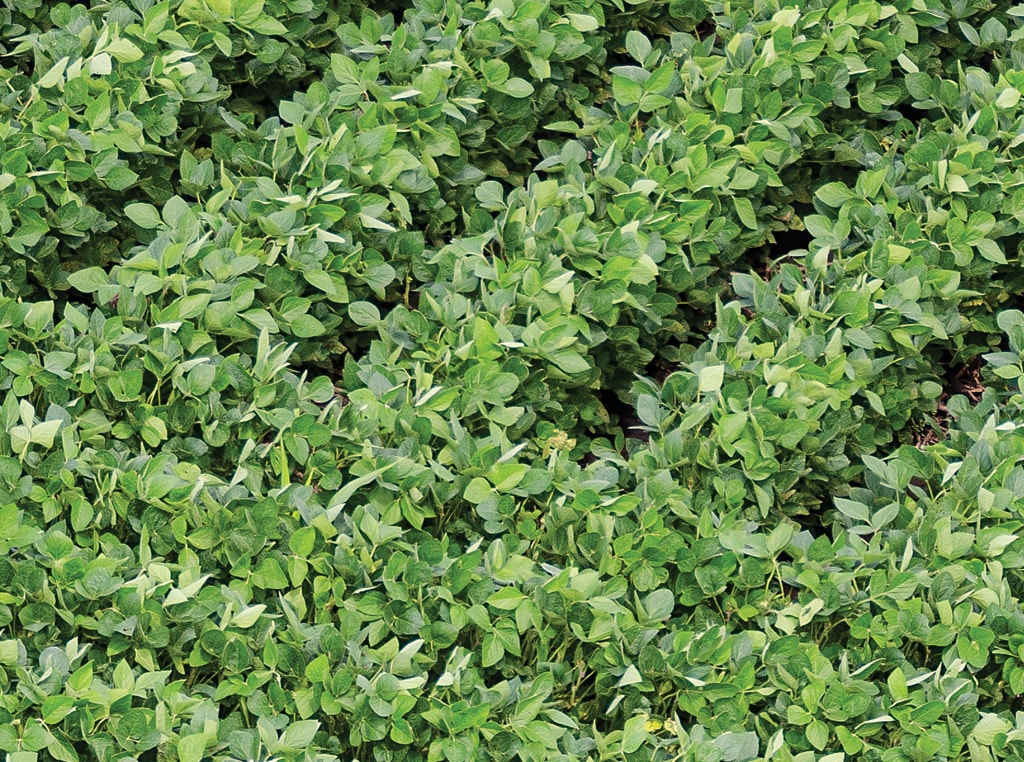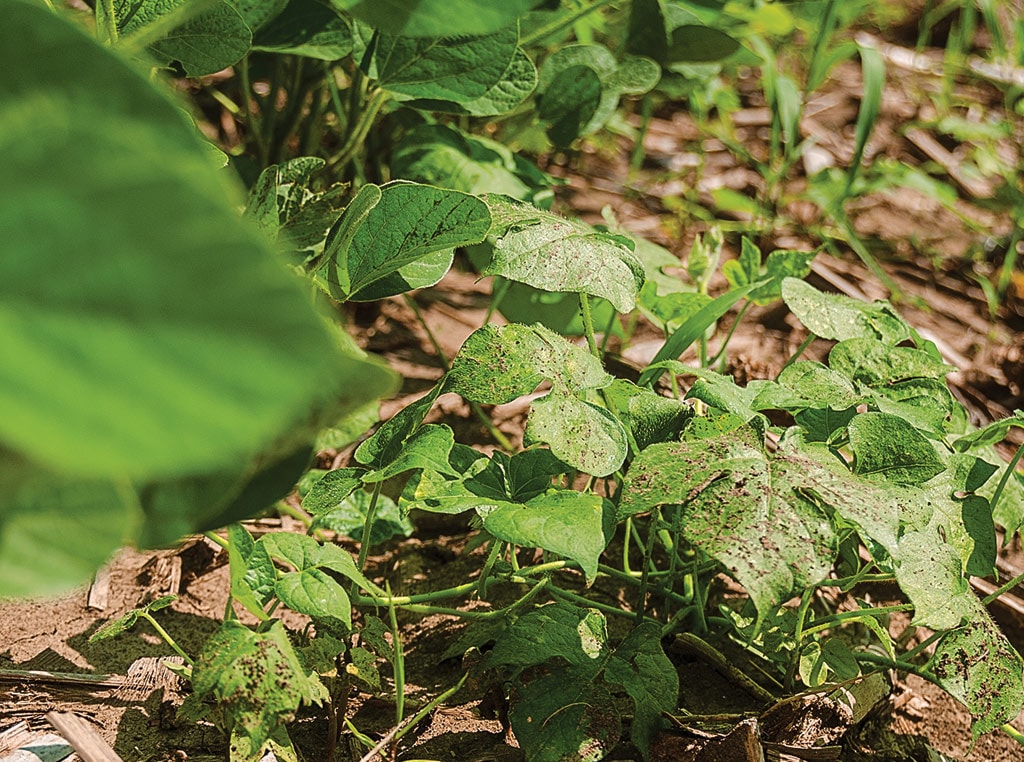
Agriculture, Farm Operation February 01, 2021
Borrowing Or Stealing
A new look at how weeds eat profits.
Weed competition reduces crop yield. This we know and have known for decades. We also know the earlier you control weeds the more likely you are to actually kill them, rather than just suppress them and run the risk of building up herbicide resistance.
But what researchers learned recently is how critical early weed control in soybeans is from a nutrient management standpoint. They also ran the numbers on how much it could cost if you don’t get rid of weed competition early enough in the season (spoiler alert: more than $100/acre).
New perspective. After noticing a gap in soybean weed research as compared to what is known about weed competition in corn, Purdue University visiting scholar Nick Harre studied how quickly decomposing weeds return nutrients back to the field and make them available to the soybean plant.
Harre started his weed science career after earning an Illinois Soybean Association crop science scholarship in 2010 and has been working in Bryan Young’s lab ever since, first at Southern Illinois University and then at Purdue. After completing his Ph.D., he returned to his family’s crop and dairy farm outside Nashville, Ill., where he continues to perform research with Young.
Size matters. What Harre found in his nutrient competition research is it’s not just about killing weeds. Size really does matter, and the smaller the better.
“The chemical make-up of younger weeds allows them to decompose and release nutrients back into the field faster than older weeds.” Harre says.
The study measured soybean uptake of 11 essential nutrients. Of those, uptake of nitrogen, phosphorus, potassium, iron, and copper were the most affected by weed competition once weeds were more than 4 inches tall, but the most significant was iron. Soybean uptake of iron dropped by roughly 60 percent when weeds grew from 4 to 10 inches.
This essentially illustrates that as weeds continue to grow, they change from borrowing nutrients to stealing them, which means waiting to kill weeds could cost you a lot.
“Yes, if you were to spray 12- to 18-inch tall weeds, they would eventually break down and release their nutrients but at a time no longer useful to the crop. And those nutrients could be unavailable next year due to environmental losses,” he adds.
The nutrient accumulation by weeds and resulting yield loss could cost more than $100/acre.
Based on 2019 average equivalent fertilizer costs in Illinois and $9.50 soybean market price, Harre calculated nutrient and yield loss due to competition from 4-inch weeds costs roughly $6/acre. Whereas 8-inch weed competition could cost nearly $30/acre, 12-inch weed competition nearly $70/acre, and 18-inch weed competition $110/acre.
Bryan Young, Purdue University weed scientist, says, “This research shows you better be looking closely at your weed control in relation to soybean fertility, especially in areas with known iron deficiencies.”
Harre’s take-away is “weed control is not where to cut costs in years when commodity prices are low. Instead, you should take a more targeted weed control approach to help maximize nutrient management by using robust pre-emergent herbicides and applying post-emergent herbicides when weeds are small.”

Research on early-season nutrient competition between weeds and soybeans shows significant losses as weeds grow taller, furthering need to control both grass and broadleaf weeds as early as possible
Read More

Ag Tech, Farm Operation
DIgging Into Data
Refining knowledge to farm successfully in a margin era

Agriculture, Sustainability
Insect Inventory
Declining numbers are bad news for agriculture.
